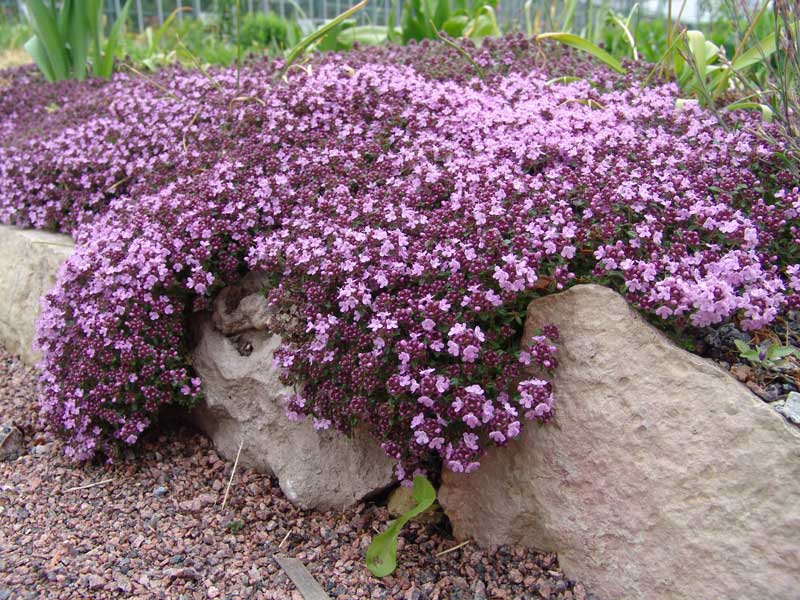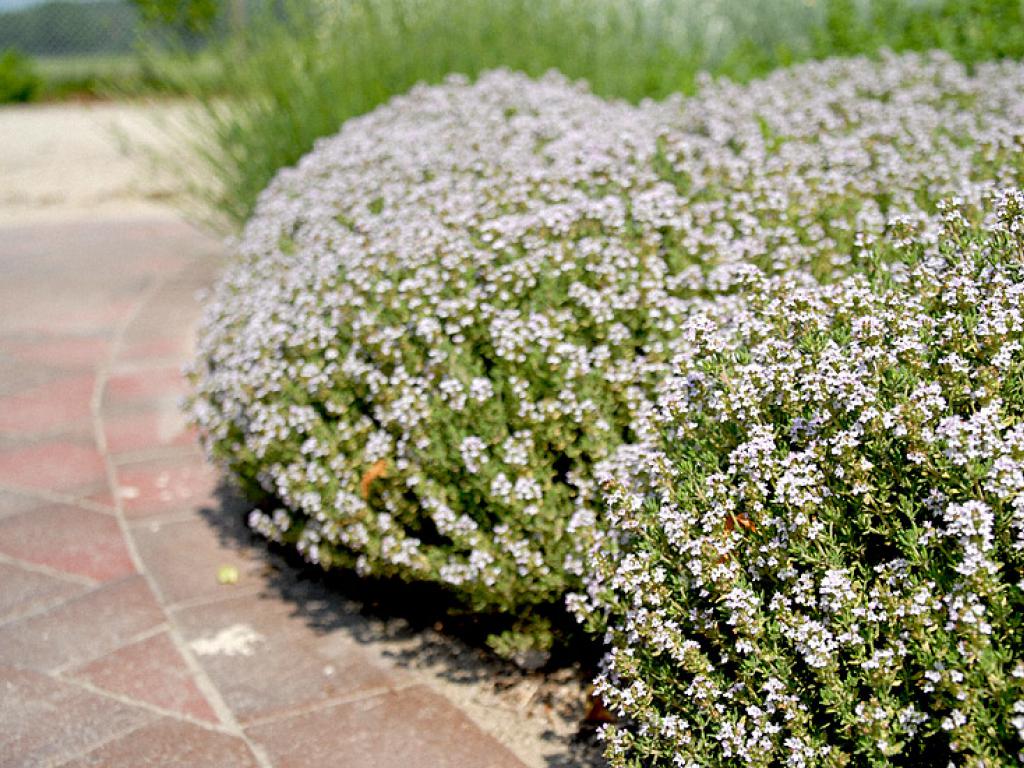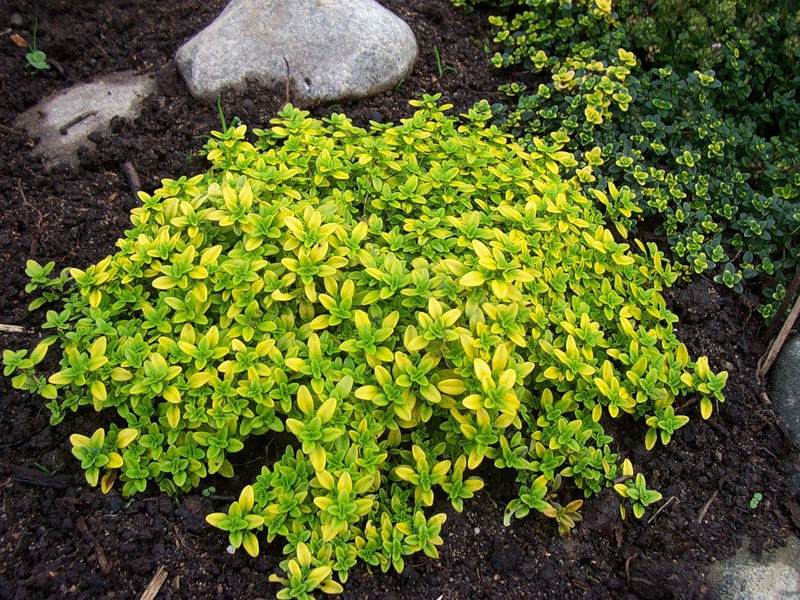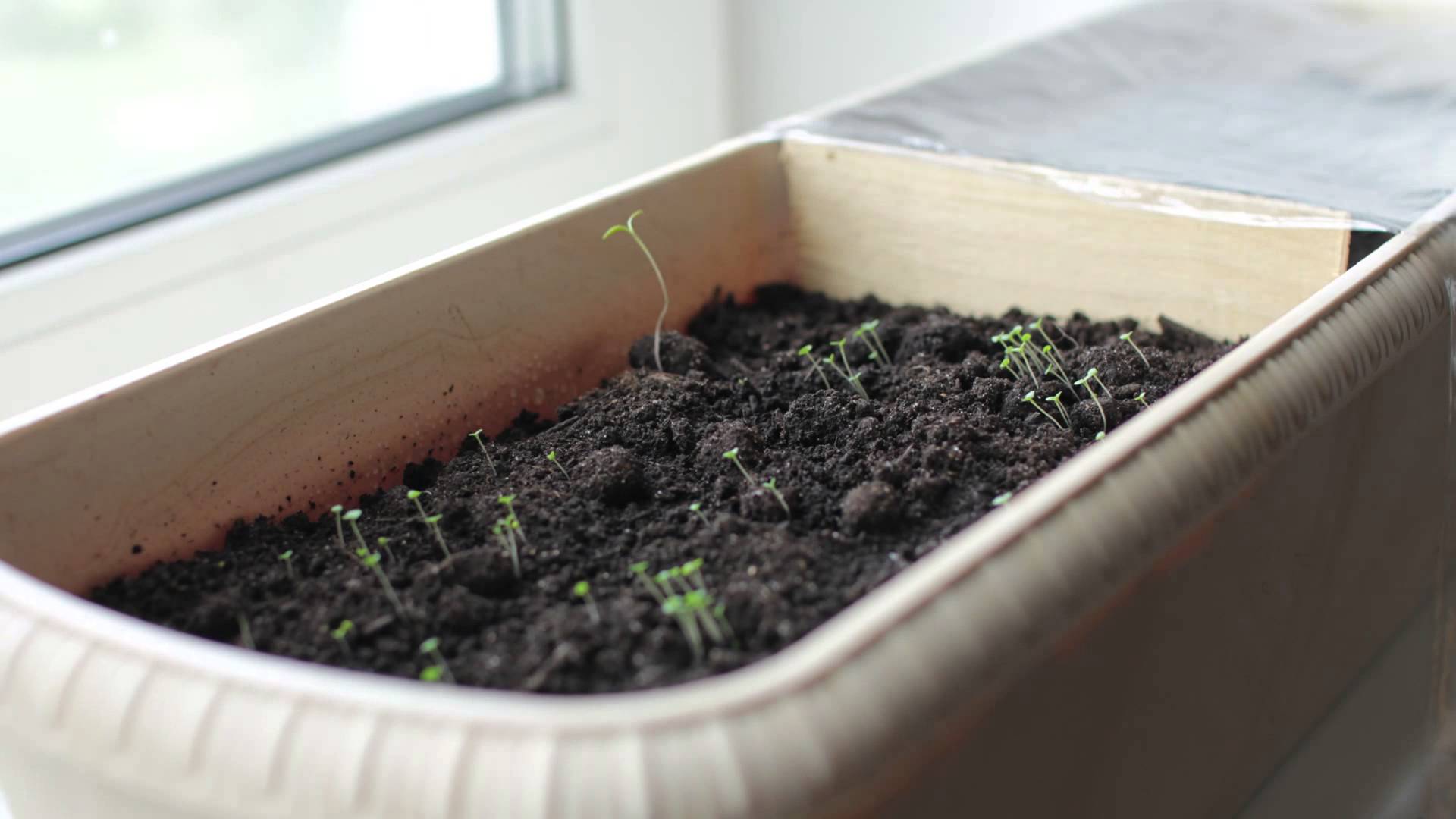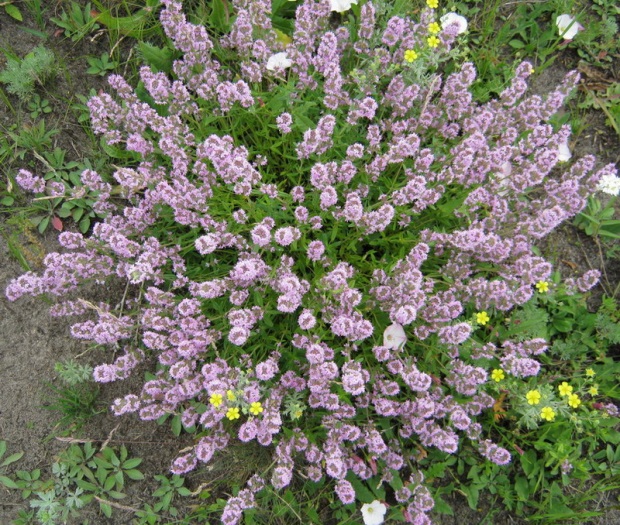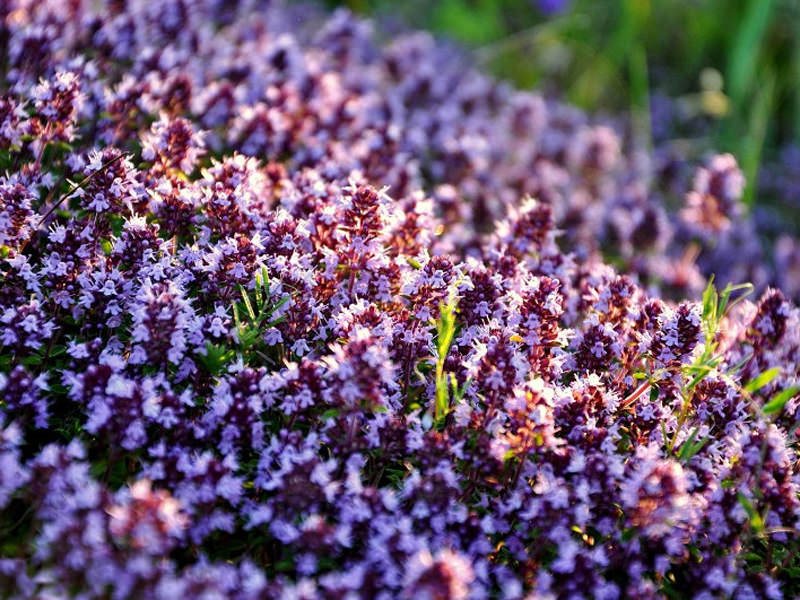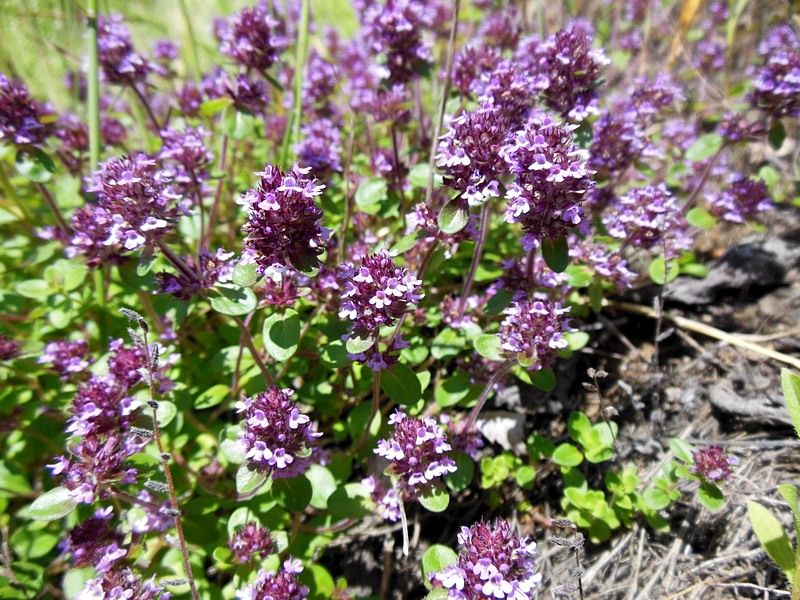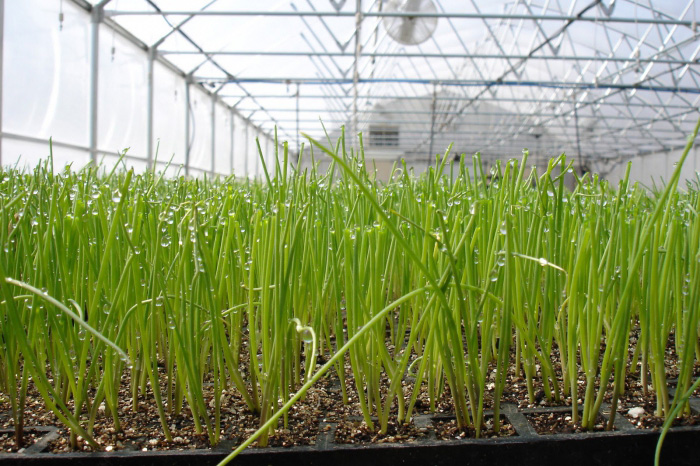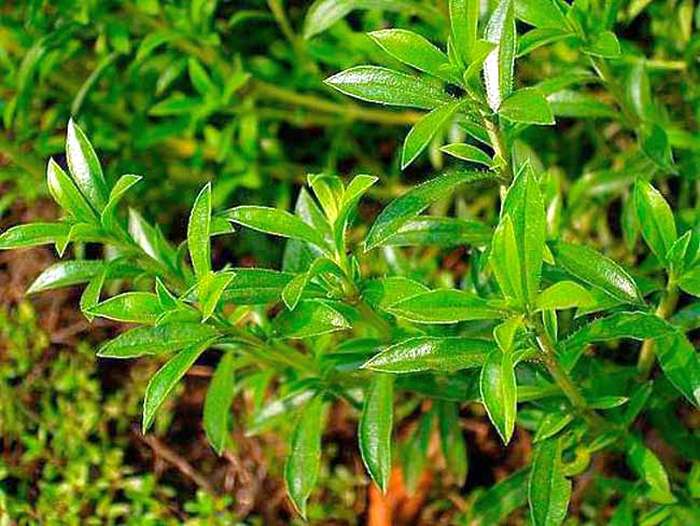Content:
Thyme will become a decoration of a flower bed in a country house or a personal plot. The space filled with this plant is filled with a sense of home comfort. In addition, a pleasant spicy smell is carried throughout the site. In the garden, thyme perfectly coexists with other plants. Also, this plant will be a pleasure on winter days and evenings. – andRoma thyme tea that smells like lemon will warm and soothe.
Description and characteristics of the plant
Lemon-scented thyme is a perennial herb that produces a spicy scent with hints of lemon scent. Its leaves are small and oval in shape. Their color is dark green, with small spots of yellow. The plant blooms from June to July in purple. Prefers to grow in open, fully lit areas. But it is found in places partially shaded. The soil for growing thyme should be well-drained, neutral or slightly alkaline, fertile. The plant tolerates drought well, does not like long stagnation of water. It is recommended to plant from nine to eleven bushes per square meter.
Types and varieties of thyme
Thyme belongs to the Yasnotkov family; on the territory of the former Soviet Union there are more than 400 species of it. About 50 species of thyme grow in the European part alone. Siberia and the Caucasus abound in another 40 species. It is a semi-shrub thyme, whose stems are half recumbent, half upright and at the same time lignified. The most popular species are common thyme (Thymus vulgaris) and creeping thyme (Thymus serpyllum).
Thyme ordinary
The leaves of this species are small and slightly pubescent. The stems grow up to 15 centimeters in height. The plant has beneficial properties and is classified as medicinal. Collect them for use in traditional medicine. This type of thyme has several varieties that differ from each other not only in the color of the flowers, but also in the height of the stem. It should be noted such varieties as:
- Alba - white flowers;
- Splendens - deep red flowers;
- Coccineus - flowers are colored red;
- Elfin - grows only five centimeters, but at the same time forms a carpet up to fifteen centimeters in diameter.
Creeping thyme
Everyone knows this plant as thyme. In Russia it is called "Bogorodskaya grass". This plant is perennial, with stems that are intertwined and have cylindrical leaves. On the ground, the plant forms a dense carpet. In varieties of this type of thyme, the leaves are variegated, and the color of the flowers is saturated. Among them are carmine, white and pink. The plant reaches a height of 15 centimeters.
Lemon-scented thyme
Latin name – Thymus x citriodorus (Pers.) Schreb. Particular attention should be paid to this particular type of thyme. It is a hybrid of two other species: pulegioides and vulgaris. This type of plant loves warmth and does not tolerate cold, so it should be covered in winter. The height of the shoots can reach thirty centimeters. Thyme leaves are variegated, beautiful, have a rounded shape. The plant is perennial, it must be trimmed so that it does not lose shape and density.
Famous varieties are:
- Silver Queen (Silver queen) - has leaves bordered in white;
- Golden Duarf - there are yellow spots on the leaves;
- Golden King - green leaves are surrounded by a yellow border;
- Archer Gold - differs in golden green leaves and pink flowers;
- Bertram Anderson - light green leaves with a yellow border;
- Doone valley - leaves have small yellow spots.
The peculiarity of this species is that it has a pleasant lemon scent.
Flea thyme
Lat. Thymus pulegioides. This is a small, but at the same time very dense bush, the height of which reaches no more than one centimeter. The color of the plant is lilac pink, the shade attracts the eye. Thyme begins to bloom in June.
In addition to the described types of thyme, there are many others, such as:
- Dorfler's thyme (Thymus doerfleri);
- Subarctic thyme (Thymus subarcticus);
- Early thyme (Thymus praecox Opiz);
- Thyme Aureus;
- Thyme variegated.
Landing
It is useful for those who want to have Lemon thyme in their garden: planting and caring for this plant does not require special conditions. You can plant Lemon Thyme at any time, but you must take into account the fact that it needs to take root before severe frosts come. Therefore, in late autumn, it is better to refrain from planting.
Before planting, you need to choose a location where the thyme will grow best. It should be a sunny area, while warm and low wind. If the plant is planted in the shade, then the stems will be tall, but will lose their attractiveness.
The soil that thyme loves should be light, well-drained, and fertile. On clay soils, the plant will rot and die. In this case, drainage is imperative. Mulch the soil with pebbles, gravel, crushed stone.
Care
Thyme Lemon – this is a plant that practically does not need special care. It is enough to fertilize it with compost or horny flour. He does not need more fertilizers. After the plant has faded, it needs to be pruned, thanks to this the bush will be dense and retain its beautiful shape. The stems are cut to the woody part. This is approximately two-thirds of the entire stem.
There is no need to water the plant. An exception is severe drought. Only during this period, the bushes are lightly watered so that the thyme flowers remain colorful. In addition, thyme is resistant to diseases and pests. This feature cannot but attract gardeners to this plant. Thyme Lemon, whose reproduction and care are simple, will become a real decoration of the flower bed.
Reproduction
Thyme reproduces in several ways.
Seminal
In this case, you will need a pot filled with a light mixture of peat and sand. Seed is sown into it and brought into the house. For good shoots, dishes with seeds are placed on the windowsill. After the seedlings have emerged, they are transferred to the shade and periodically sprayed. This should be done only if the top layer of the earth is completely dry.
Cuttings
In this case, you need to cut off the stalk and plant in the place where you plan to grow thyme. Alternatively, it can be grown initially in a greenhouse. This method is good because it can be used throughout the growing season. It should be noted that for undersized bushes it is best to use cultivation using cuttings no more than 5 centimeters. First of all, they are planted in a jar and the soil is slightly moistened. After a few weeks, the rooted sprout can be planted in its permanent place.
By dividing the bush
This is the easiest way to grow, because in this case the bush is completely dug up, the roots are divided and planted in the right places.
Disease Prevention and Pest Control
Thyme practically does not get sick, but in case of improper care, it is still attacked by insects such as:
- Meadow moth;
- Sandy slow;
- Aphid;
- Weevil.
Meadow moth – one of the most dangerous pests that affects the plant at night. If damaged stems are found, the plant is treated with insecticides.
The sandy beetle is a black beetle, 10 centimeters long, that damages the stems. To combat it, you must use bait.
If we talk about thyme diseases, then one of the most dangerous is fungus or rust. A contraindication for breeding thyme is abundant watering, as a result of which diseases develop. To resist these diseases, it is necessary to properly care for the plant.
Preparing for winter
In winter, Lemon-smelling thyme can be left uncovered if winter is not stingy with snow. The plant feels great under the snow. But in the case of snowless winters, it is best to cover it with spruce branches, because it is afraid of severe frosts. No other preparation of thyme for wintering is required.
Lemon-scented thyme will be an excellent garden decoration in the summer. Its aroma will add comfort and warmth. Moreover, in winter you can enjoy fragrant tea from this plant.
